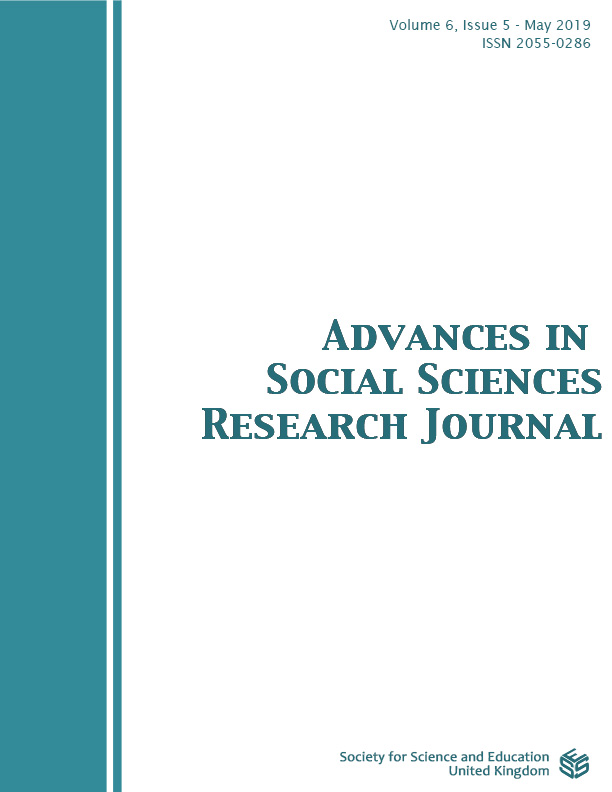Malcolm Sawyer claims advocates of full reserve banking are “cranks”.
DOI:
https://doi.org/10.14738/assrj.64.6423Keywords:
“full reserve banking”, banking, money, “central banks”.Abstract
Giuseppe Fontana and Malcolm Sawyer (F&S) penned a paper published in the Cambridge Journal of Economics entitled “Full Reserve Banking: More ‘Cranks’ Than ‘Brave Heretics’” (Fontana and Sawyer (2017). The paper basically argued against full reserve banking. The purpose of the paper below is to show that the F&S paper is riddled with errors.
The F&S paper was answered in the Cambridge Journal of Economics by Dyson, Hodgson and van Lerven (2016)). The latter paper was by its own admission limited in scope: it addressed just four points made by F&S. The paper below enlarges on the latter paper: i.e. the paragraphs below point to the errors in F&S’s paper missed by or not dealt with by Dyson & Co (21 errors to be exact).
The paper below deals with each error as it occurs. Errors are numbered. Some of the errors are serious, which raises the question as to who the “cranks” are. Another question that arises is: what is a respectable economics journal like the Cambridge Journal of Economics is doing publishing this defective material? I.e. it raises the question as to whether respectable economics journals are really any better than “non-establishment” journals like Advances in Social Sciences Research Journal.
The paper below was not submitted first to the above Cambridge journal because they place a 1,500 word limit on papers which comment on other papers, and 1,500 words is nowhere near enough to deal with the numerous errors made by F&S.
References
Bernanke, B.S. 2016. What tools does the Fed have left? Part 3: Helicopter money. Brookings.
Daly, H. 2013. Nationalize money, not banks. Centre for the Advancement of the Steady State Economy.
https://steadystate.org/nationalize-money-not-banks/
Dyson, B., Hodgson, G. and van Lerven, F. 2016. A response to critiques of ‘full reserve banking’, Cambridge Journal of Economics¸ vol. 40, no. 5, 1351–61.
doi:10.1093/cje/bew036
Fontana, G. and Sawyer, M. 2016. Full Reserve Banking: More ‘Cranks’ Than ‘Brave Heretics’. Cambridge Journal of Economics.
doi: 10.1093/cje/bew013
Friedman, M. 1948. A monetary and fiscal framework for economic stability. American Economic Review, 38, 245-264.
https://miltonfriedman.hoover.org/friedman_images/Collections/2016c21/AEA-AER_06_01_1948.pdf
Friedman, M. 1960. A Program for Monetary Stability. New York: Fordham University Press.
Hortlund, P. 2006. Defense of the Real Bills Doctrine. Econ Journal Watch, Volume 3, Number 1, January 2006, pp 73-87.
https://econjwatch.org/articles/in-defense-of-the-real-bills-doctrine
Jackson, A. and Dyson, B. 2012. Modernising Money: Why Our Monetary System Is Broken and How It Can Be Fixed, London: Positive Money.
Kihara, L. 2019. Architect of BOJ stimulus calls for big fiscal spending backed by central bank. Reuters.
Klein, M. 2013. The Best Way to Save Banking Is to Kill It. Bloomberg.
https://www.bloomberg.com/opinion/articles/2013-03-27/the-best-way-to-save-banking-is-to-kill-it
Kotlikoff, L. 2012. The Economic Consequences of the Vickers Commission. London. Civitas.
https://www.kotlikoff.net/files/consequences_vickers.pdf
Masters, B. 2012. FSB seeks tame shadow banking. Financial Times.
https://www.ft.com/content/23eefd10-3175-11e2-b68b-00144feabdc0
Musgrave, R.S. 2014. The Solution is Full Reserve / 100% Reserve Banking. KSP books.
http://books.ksplibrary.org/978-605-2132-59-3/
Tobin, J. 1987. The case for preserving regulatory distinctions. Proceedings ” Economic Policy Symposium, Jackson Hole. pp.167-205.
https://www.kansascityfed.org/publicat/sympos/1987/s87tobin.pdf
Turner, A. 2016. Adair Turner: Making sense of 'helicopter money'. World Economic Forum.
https://www.weforum.org/agenda/2016/08/adair-turner-making-sense-of-helicopter-money/
Downloads
Published
How to Cite
Issue
Section
License
Authors wishing to include figures, tables, or text passages that have already been published elsewhere are required to obtain permission from the copyright owner(s) for both the print and online format and to include evidence that such permission has been granted when submitting their papers. Any material received without such evidence will be assumed to originate from the authors.






